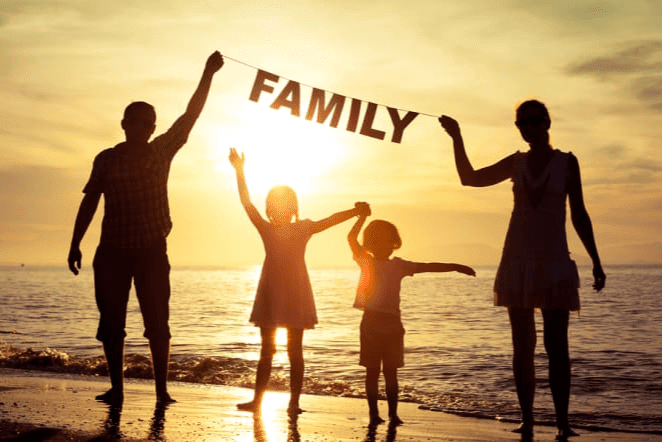Proven Process For Success
Latest Financial and Wellness News
Latest Financial and Wellness News
How Much Life Insurance Should You Have?
COVID-19 Prompts Families To Rethink Their Finances
COVID-19 has led families to cancel travel plans, get (semi!) comfortable with homeschooling kids and deal with all kinds of other inconveniences.
As if that weren’t enough, it’s also making many families take a closer look at their finances and make sometimes difficult financial decisions.
Life Happens recently conducted a survey that polled more than 2,000 adult Americans about how the pandemic changed their financial views and behaviors. Our “Tough Talks During COVID-19” survey results showed that dramatic changes are taking place.
For starters, more than two-thirds (67%) of respondents said that COVID-19 has served as a wake-up call to reevaluate their finances. Many of these respondents feel more comfortable talking about financial matters around the dinner table—today, only 40% feel uncomfortable having these discussions versus 45% in January 2020 before the pandemic hit.
What Families Are Talking About
Here’s what our respondents said comes up when they have these conversions:
• Wills and inheritance (33%)
• Current health issues and concerns (32%)
• Life insurance coverage (30%)
• Current financial status (29%)
• Emergency savings (27%)
• Future emergency plans (26%)
• Politics (25%)
Families Also Changing Financial Habits
Besides having these discussions, families have also changed their financial behavior since COVID-19 surfaced. The changes include:
• Cutting excess spending (49%)
• Building up savings and emergency funds (45%)
• Continue working and delay their planned retirement date (43%)
• Dipping into retirement funds (37%)
• Focusing on paying down debts (24%)
Source: https://innergyfinancial.com/covid-19-prompts-families-to-rethink-their-finances/
6 Famous Brands Started Or Saved By Life Insurance
Learn how life insurance played a key role in either the creation or survival of some iconic American institutions.
If not for life insurance, Disneyland might have existed only in Walt’s imagination. Stanford University might have been a short-lived tribute to a son who died young. James Cash Penney’s personal depression during the Great Depression might have shuttered the J.C. Penney chain. McDonald’s might have only served a few hundred thousand. Today’s home chefs might not be getting pampered.
Check out this slide show to learn how life insurance played a key role in either the creation or survival of some iconic American institutions.
Next: Disneyland
Disneyland
Walt Disney Studio was founded in 1923 in Los Angeles by Walt Disney (1901-1966) and his brother Roy. After a distributor essentially stole one of his early cartoon characters and his animators, Walt made sure he owned everything he made after that. Mickey Mouse debuted in 1928 and became an immediate sensation as the star of the first cartoon with synchronized sound.
His animated features and, eventually, television programs achieved steady success, and by the 1950s, Walt became intrigued with creating an amusement park where parents and children could have a good time together. At the time, the only amusement parks in the country were dilapidated places with seedy characters, but Disney dreamed of an immaculately clean, family oriented park with imaginative attractions.
After failing in the pursuit of traditional means of financing to build what would become Disneyland, Walt decided to provide his own financing. A large part of this came to be by collaterally borrowing money from his cash value life insurance. Disneyland opened in 1955 and hosted more than 3.5 million visitors in its first year. It became an immediate, resounding success.
Disney is quoted as saying that money was the biggest problem he faced throughout his life, and that was certainly the case with Disneyland. “It takes a lot of money to make these dreams come true. From the very start it was a problem. Getting the money to open Disneyland. About $17 million it took. And we had everything mortgaged, including my personal insurance… We did it (Disneyland), in the knowledge that most of the people I talked to thought it would be a financial disaster — closed and forgotten within the first year.”
Source: https://innergyfinancial.com/how-to-be-1-better-every-day/
